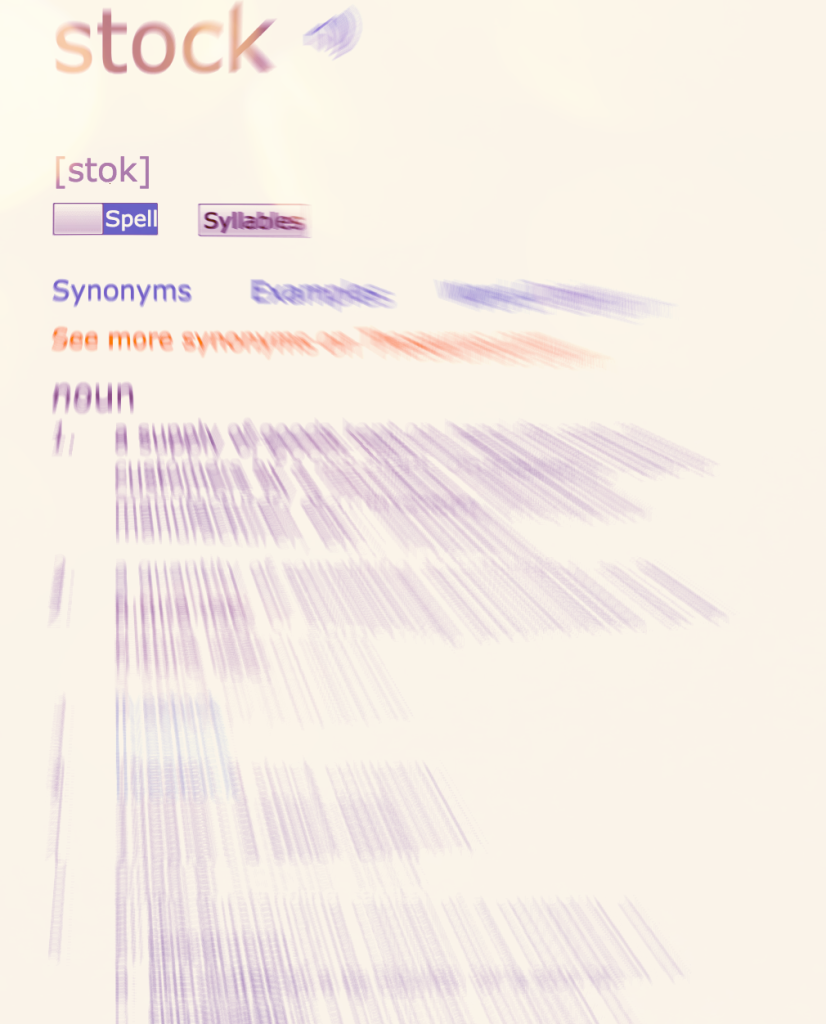Whether you plan for it or not, your life will change in five years due to information technology breakthroughs. “5 in 5” as it’s called, is an annual series of imaginative predictions revealed by IBM, that aim to change the lives of humans through the implementation of ground-breaking technology. These predictions transparently serve to foreshadow the advanced innovations that we can expect see in the near future. If the theme is artificial intelligence, you may just find your professional career intersecting with these advanced technologies sooner rather than later; are you ready for change?
AI Mental Health Tools
According to the National Alliance on Mental Illness, 1 in 5 adults in the U.S. experience a mental illness in their lifetime, with combined treatment costs being in the trillions – an alarming statistic to say the least. IBM predicts that their breakthrough implementation of AI will change the world for many people living with mental illness, and it’s how they plan on accomplishing this that’s most intriguing.
With the goal of early detection for developmental disorders, mental illness and degenerative neurological diseases, IBM plans on using a mix of automated cognitive systems — “simulation of human thought — to analyze a person’s speech and writing.” We find this advancement to be incredibly exciting; we are talking about cognitive computers here… whoa. Big data is finally ready to make an impact in our daily lives, not just sales numbers.
The use of AI is only in its early stages . IBM plans on using data points in combination with modern wearable devices — watches, monitors, earbuds — and imaging equipment to create a more complete picture of a person’s health than ever before; without the need for an office or specialized tools. Signs that were once invisible will now be transparent and manageable to the patient through wearable devices — this greatly reduces the barriers that healthcare presents to many people. AI technology of this form will alter healthcare as we know it. How many professional fields can lay claim to a statement like that?
Hyper-imaging With AI
The next five years will also reveal a change in how we interact with the environment, but not in the way you might predict. The self-driving car has been a hot topic of late for the sheer fact that human hands no longer need to control the steering wheel — still weird to imagine. Even before most of us see one of these on the road, IBM is already developing cognitive computers that will further enhance their reliability and safety through hyper-imaging — seeing beyond the domain of visible light. The concept of millimeter-wave imaging paired with sensors is making much of the invisible world now visible. Black ice, fog, and distant objects will no longer be out-of-sight; they may remain out-of-mind for us humans but our vehicles will certainly be aware.
In five years this eye-opening technology won’t be limited to our cars, it will translate to our health. Imagine taking an image of your food to determine its exact nutritional value — or lack thereof. Or what about imaging your meds to ensure that you know exactly what you are ingesting. Better yet, what if your video game could pair with augmented reality to physically see through solid objects? Like our own body? Crazy, right?

Digitizing the Physical World
Data is all around us; every second that ticks away mass amounts of data are being recorded, we just can’t see it. The data that we speak of is commonly used to educate us on our ecosystem although it’s often outdated since it takes so long to organize after collection. Researchers have revealed that data scientists spend nearly 80 percent of their time scrubbing data before analyzing it. IBM is confident that this will change within five years. Real time is going to bring real meaning.
Our human lives are connected with our possessions: watches, phones, computers, appliances, thermostats… the list goes on for days. According to IBM, there are already more than 6 billion connected devices relaying data on a monthly basis — we are truly living in a matrix. Through this digitization of the physical world, macroscope technology will reveal insights on the fundamental issues that affect every single one of us living on earth.
In theory, algorithms and software will soon aggregate, organize, and analyze data on anything we choose, including soil, water, food and even space. And yes, this data will be searchable by all, likely from your phone — if those still exist in five years.
Medical Labs on a Chip
In five years, wearable technology will determine when a person should see a doctor. The guesswork of being human will slowly vanish as nanotechnology advances. With the use of hyper imaging, computer chips will see (read) bodily signs and fluids that are invisible to the naked eye. The way IBM puts it, “The goal is to shrink down, to a single silicon chip, all of the processes necessary to analyze a disease that would normally be carried out in a full-scale biochemistry lab.” Take a minute to visualize that — an entire lab fitting into a silicone chip.
In five years, you and I will have access to handheld devices that can read biomarkers — thousands of times smaller than a human hair — while sending it to a secure cloud without lifting a finger. In combination with other real-time data from devices such as a sleep monitor or fitness watch, AI software can quickly analyze an individual’s health for immediate detection of problems. But will this be fast enough to fill our insatious appetite for immediate satisfaction?
Think about this technology as a liquid biopsy. It’s goal, to revolutionize the traditional tissue biopsy, making it more comfortable, accessible and convenient. Large populations may soon have the ability to detect disease before it even forms. That is, if your healthcare is generous enough to cover it — did we just go there?
Speed of Light Pollution Detection
Most pollutants are invisible to the human eye; unfortunately their devastating effects are not. Methane — the primary component of natural gas — is said to be the second largest contributor to atmospheric warming — yes this is a real ‘thing’ outside of China. In the U.S. alone, emissions from the industrial oil and gas sector account for the largest source of methane output into the atmosphere. The EPA estimates that natural gas systems leaked more than nine million metric tons of methane into the atmosphere in 2014 alone — a number so large that it’s incomprehensible.
In five years affordable sensors will line natural gas pipelines, wells and storage facilities; monitoring for any signs of a leak. The detection process will soon take minutes rather than weeks, drastically decreasing the overall environmental impact. IBM predicts that this sensor technology will do more than detection, it will also reveal the path that harmful gas travels before entering the atmosphere.
Maybe the environment isn’t your first priority, but let’s talk about how sensors can enhance your personal life in five years. This real-time sensor detection process can work on your breath as well; diagnosing respiratory disease will likely become a quick and convenient process. The days of expensive and invasive respiratory testing will soon be behind us.
Does all of this technology have your head spinning? If IBM’s predictions are accurate — their track record being pretty darn good — the next five years will reveal scientific tools that enhance the way humans live and interact. The invisible world will become clearly visible, opening the door to breakthroughs in health, medicine, and the environment. Maybe then the validity of so many accusations wouldn’t require years of discussion. In five short years these five innovations just might become ordinary.
We happen to have a few predictions of our own when it comes to Technology and human interaction; let us show you what we are working on here at Designing North Studios.
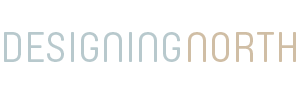




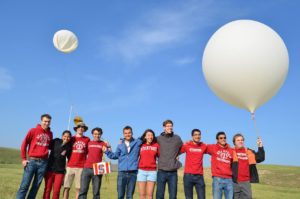


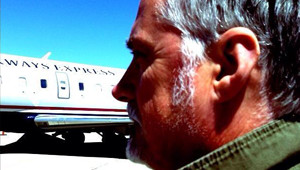
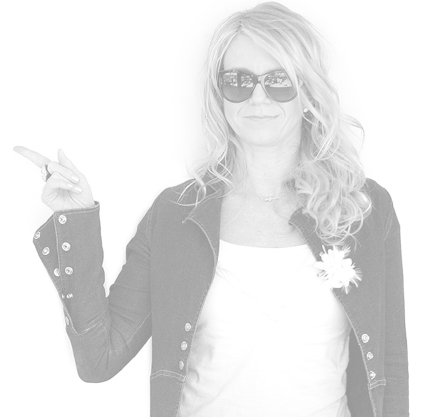




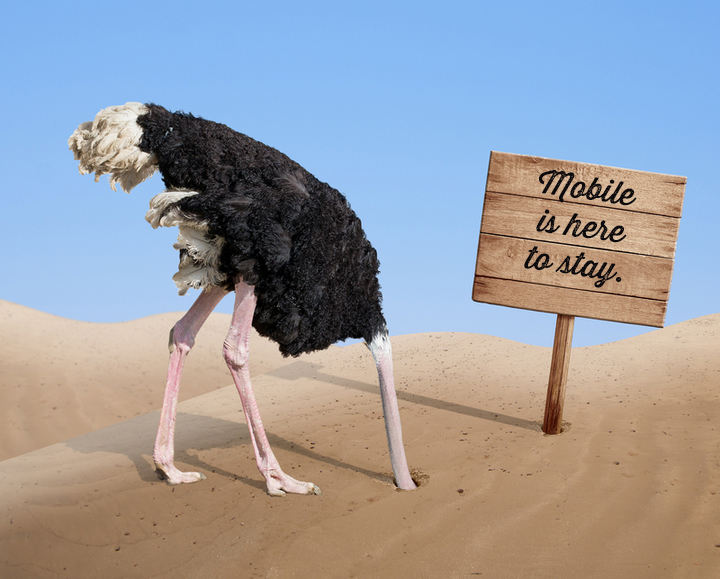
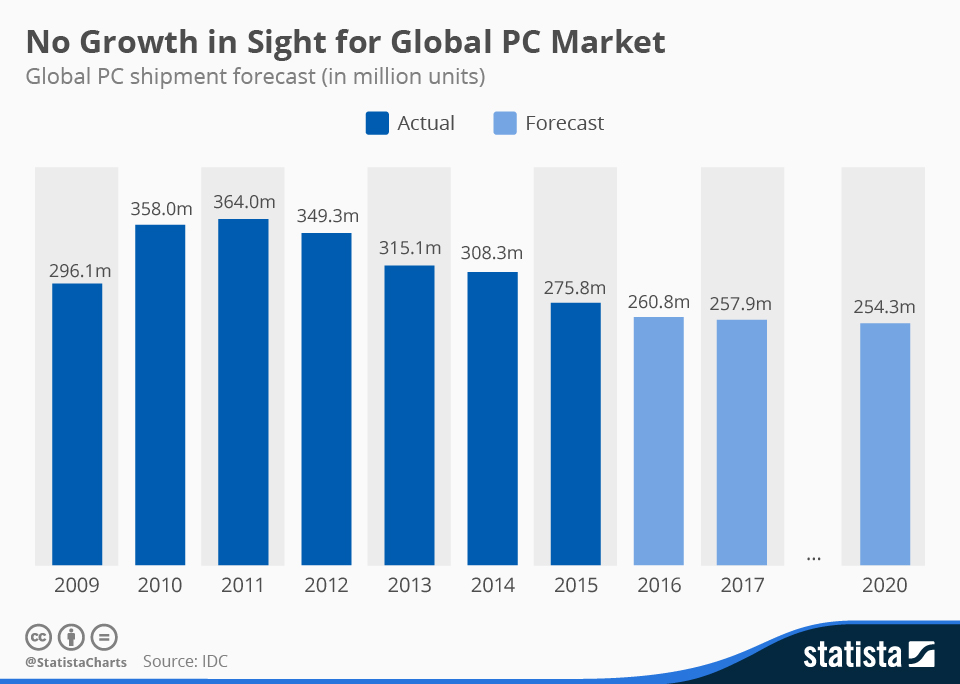
![You can't WISH away mobile. [Photo credit: SuperFamous.com]](http://45.33.55.47/wp-content/uploads/2016/03/Dandelion-300x300.jpg)

